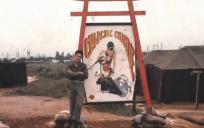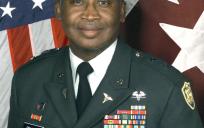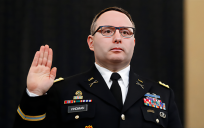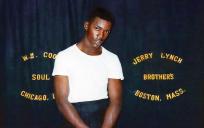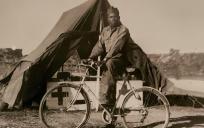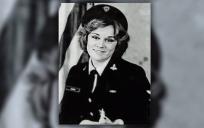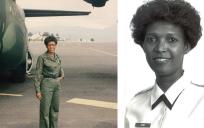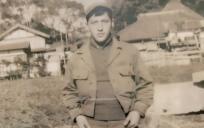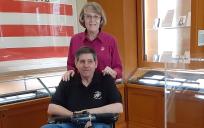Record date:
Donald Miller, SO3
“Army, Navy, Coast Guard, or Marines?” Those were the choices presented to Donald Miller when he was drafted in 1942. This decision would change his life forever, but Miller’s mind was set on the US Navy because he wanted to see the world. He thought that the Navy provided that opportunity—and it did. While assigned to the USS PC-574, a submarine chaser, Miller saw Brazil, Panama, New Guinea, the Philippines, and more. As a sonar operator, Miller helped screen the 7th Fleet for Japanese submarines throughout the war’s final year after an initial assignment to the 4th fleet in the Atlantic on USS PC585. Miller’s experience aboard such a small ship in a large fleet provides insight into a vital but often forgotten perspective of the Navy in World War II.
Miller was born on November 29th, 1925, in Buffalo, New York. His father worked for a newspaper while his mother raised his older brother and himself. Miller can vividly recall watching President Franklin D. Roosevelt’s speech to Congress at school the day after the Japanese attack on Pearl Harbor. The sense of duty to join the service when he could became stronger for Miller once his brother joined the US Army. But he knew he would be drafted once he turned eighteen, so he waited till his draft card came. When his notice came, he chose the Navy and was sent to Sampson Navy Base, New York, for basic training and then to Key West, Florida, for sonar equipment training. Once completed, Miller was assigned to the USS PC-574.
The challenges resulting from being part of a small crew on a small ship struck Miller abruptly. When assigned to the 4th Fleet in the Atlantic, his ship was caught in a swell off the coast of the Carolinas and lost a man overboard. Soon after their arrival in Norfolk, Virginia, they were sent south to aid in convoy escorts in the South Atlantic off the Brazilian coast. During their ship’s Shellback Ceremony, crossing the equator, the crew lost another man, but this time to hazing. Soon after, they would receive orders in Norfolk to join the 7th Fleet as naval operations in the Atlantic were wrapping up. While crossing the Pacific, their ship escorted repair ships in the crossing. Miller participated in duties and campaigns in New Guinea and the Philippines until the war’s end. In 1946, he was sent to Long Beach, California, put on a train across the country, and discharged at Montauk Point, New York.
Miller would later attend the University of Buffalo. He kept in touch with many of his fellow crew members and would teach seventh grade at a local school for twenty-nine years before retiring. Miller looks back fondly on his service, citing it as a benefit later in life. His story exemplifies what it’s like to have faced a barrage of stressful situations and learn to adapt to them.
